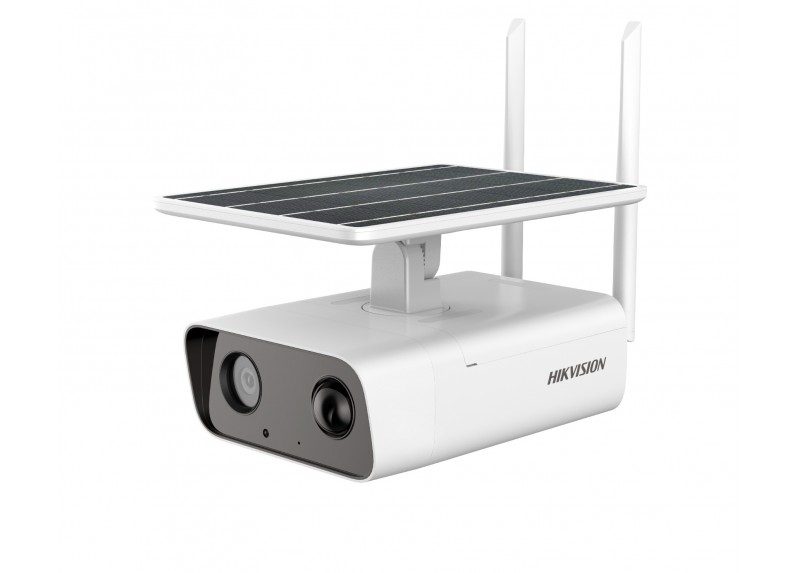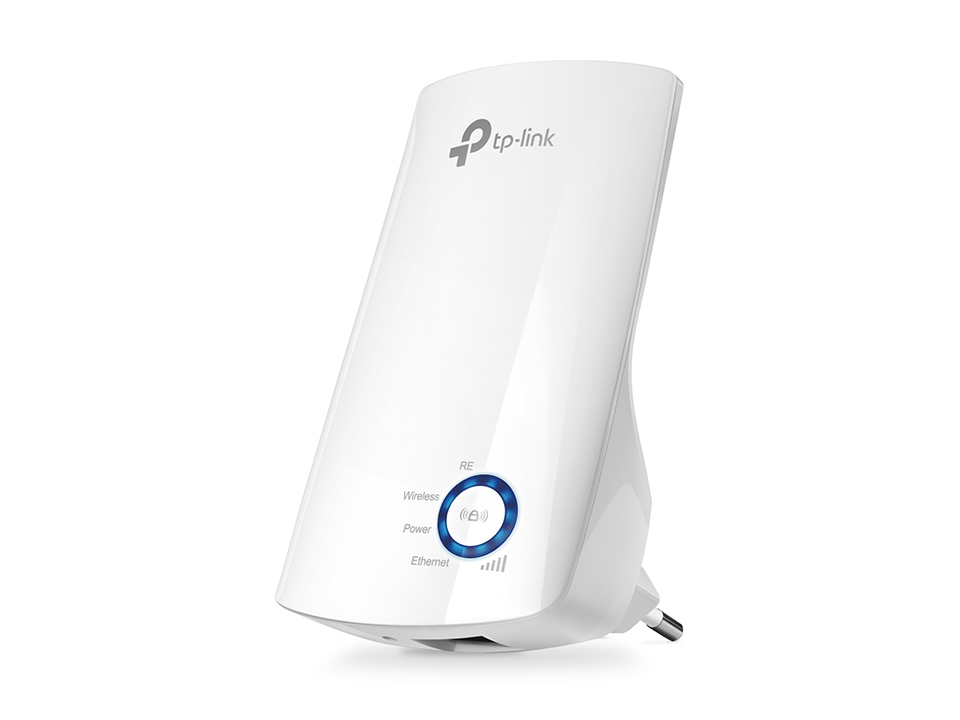Card Counting Online: Facts, Myths and What Actually Works
Wow — card counting still sounds sexy, doesn’t it? Short version: in online games the classic shoe-based card-counting edge is mostly gone, but that doesn’t mean rules of probability and bankroll discipline stop mattering; understanding the differences is the real win. This opening sets up the practical contrast between live, shoe-dealt blackjack and the many online variants that behave very differently, so you know where to focus your time next.
Hold on — before we deep-dive, let’s be blunt: if you want a quick takeaway, here it is: counting cards can work in physical casinos with large shoes and predictable penetration, but online RNG tables, frequent shuffles, and many live-dealer setups make reliable card-counting gains rare or impossible. That claim deserves unpacking with numbers, examples and practical checks so you can see where the math does and doesn’t back up the hype, which I’ll walk you through next.

Why People Still Talk About Card Counting
Something’s off when every beginner hears about card counting as a secret ticket to riches, and my gut says the myth outpaces the method. The myth exists because real advantages do come from shifting probabilities — but only under tight conditions: slow shuffles, deep shoe penetration, and full control over bet sizing. That raises the question: do those conditions exist online? The next section explains technical differences that matter, so keep reading to see how those conditions map to online products.
How Online Blackjack Differs — The Critical Mechanics
Short: RNG and shuffle frequency matter a lot. Most online tables use software RNGs (random number generators) that determine each hand independently, which removes any usable memory of past cards; in other words, card counting is mathematically useless against a full-RNG table. That distinction pushes us to ask: what about live-dealer games streamed from studios — do they behave like bricks-and-mortar casinos, or like RNGs? I’ll compare the types next so you can judge for yourself.
Medium: Live-dealer tables are closer to land-based play because human dealers handle cards, but studios often use continuous shuffling machines (CSMs) or shallow penetration and frequently reshuffle to stop counters. Even if a studio deals a shoe, their shoe size, penetration and table stakes determine whether counting yields an expected edge. This leads into a short checklist that helps you evaluate any online blackjack table for counting viability, and that checklist comes next.
Quick Checklist — Can You Even Count Here?
Here’s a practical list you can apply in a minute to any online table: shoe size (6–8 decks is standard), penetration (how much of the shoe is dealt before reshuffle), shuffle method (CSM vs manual), bet-sizing freedom, and table limits. If penetration is low (<50%) or a CSM is used, card counting is essentially dead. Use the checklist next time you open a live table to save time, and the following checklist entries explain what each item means in plain terms.
- Decks used — fewer decks slightly favour counters; many online tables use 6–8 decks.
- Penetration — >75% dealt before reshuffle gives counters a chance; <50% usually kills it.
- CSM or frequent reshuffle — immediate no for counters.
- Bet spread allowed — need a wide spread to capitalize when the count goes positive.
- Dealer shoe transparency — studio-sourced video plus clear rules matter.
These items point toward the core reality: only a narrow subset of tables could ever be worth a counter’s effort, so it’s smart to check them before you try anything more technical — and next I’ll show how the math works when those conditions do hold.
Basic Math: How Much Edge Can Counting Give?
At first glance counting sounds like a big deal — flip a card and you adjust bets — but the real question is expected value (EV) over many hands. A standard Hi-Lo count, properly applied, might yield an edge of 0.5%–1.5% in ideal land-based conditions. That sounds small because it is small; to make meaningful money you need large volume, big bet spreads and low variance methods like flat-betting adjustments. The limited edge means big swings and long timelines to profit, and the next paragraphs show two short examples to make those numbers tangible.
Example A (hypothetical, favourable shoe): you play 500 hands at $20 base with a true count that occasionally gives a +1% edge for 100 hands; extra edge over those 100 hands = 100 × $20 × 0.01 = $20. Not life-changing. Example B (wider spread): same 500 hands but you ramp bets to $100 on positive counts — extra over 100 hands = 100 × $80 × 0.01 = $80. Still modest and far from guaranteed. These mini-cases underline that even “working” counting returns are thin, so we should compare approaches next to see the alternatives.
Comparison Table: Approaches to Improving Your Odds
| Approach | When It Helps | Pros | Cons |
|---|---|---|---|
| Traditional card counting (Hi‑Lo) | Physical shoes, deep penetration, wide bet spread | Proven edge in right conditions | Requires discipline, camouflage, high volume, and risk of being banned |
| Basic strategy + bankroll management | All tables | Big risk reduction, straightforward | No positive long-term EV vs house |
| Shuffle tracking | Manual shuffles in land casinos | High edge if you can do it | Very hard online; useless with CSMs |
| Game selection / promotions | Online RNG or promo-rich environments | Practical advantage via bonuses and RTP awareness | Bonuses carry wagering rules; can be time-consuming |
That table shows the fundamental trade-offs: on the web, your best practical gains usually come from smart game selection, bonus math and bankroll controls rather than pure counting, which gives us a clear path forward that I’ll describe next along with a natural place to test and learn safely.
Where to Practice and What to Test — a Practical Tip
If you’re curious to test how counting translates into online play, use demo modes and track simulated sessions; never start with real money. Test a live-dealer table recording (if permitted) and log penetration, frequency of reshuffles and betting outcomes; remember that many live stream tables reshuffle often. If you do want to try a site for research or play, check the studio rules carefully and consider reputable casinos that make their shuffle and dealing practices transparent — for instance, you might review studio info on a vetted site like visit site to confirm whether they use CSMs or manual shoes. This recommendation moves the discussion from theory to verification, which is the next logical step.
Common Mistakes and How to Avoid Them
- Thinking small sample results prove long-term advantage — don’t confuse luck with skill, and always run multi-thousand-hand sims to feel the variance; next I explain why long samples matter.
- Using counting on RNG tables — it’s ineffective and wastes focus that could go to bankroll rules or bonus value; the following section suggests alternatives to counting online.
- Ignoring bet spread camouflage — going from $10 to $200 instantly screams “counter” and gets you removed; instead, use subtle bet ramps if you must vary stakes, and the next checklist shows safe bet-sizing patterns.
These mistakes are common, and the fixes are practical: simulate, choose tables wisely, and treat counting as one tool among many rather than a magic bullet, which leads naturally into recommended routines for a novice.
Recommended Routine for Online Players (Novice-Friendly)
- Start with basic strategy and solid bankroll rules (1–2% risk per session).
- Use demo or low-stakes play to test table penetration and shuffle patterns; record results.
- Only attempt counting if live-table conditions approximate land-casino shoes with deep penetration; otherwise pivot to promotions and RTP awareness.
- Keep a short session timer and loss-limit per visit to avoid tilt and chasing.
Following that routine helps you learn without burning bankroll and keeps your options open, and the next section answers the common questions that pop up when beginners first try this approach.
Mini-FAQ
Can I count cards against live dealer casinos online?
Short answer: rarely with profit. If the studio deals full shoes and penetration is deep, you might see small edges, but most studios reshuffle often or use CSMs to block counters; always verify the studio setup before assuming counting applies, and use the checklist above to check that.
Are there software tools to count for me?
Using external tools to gain an advantage is typically forbidden and can get your account closed; practice counting mentally or in simulators, but don’t use bots during real play. This policy reality means your only safe software tools are training aids and statistical trackers used offline.
What’s the legal risk?
Counting cards is legal in most jurisdictions, but casinos (online and land-based) can refuse service if they suspect counters; online platforms have terms that often ban advantage play, so read T&Cs and be prepared to be excluded — the next paragraph covers responsible play and regulatory notes.
Responsible Gaming & Final Practical Notes
18+ only. Play within your means and treat blackjack as entertainment, not income. If you’re tracking counters’ returns, always factor in variance and never gamble funds you can’t afford to lose; if gambling stops being fun, use the site’s self‑exclusion and limit tools. If you need a place to check studio rules or document handling before you test methods, visit a transparent operator for studio info like visit site and review their shuffle/CSM statements — that next step helps you verify conditions rather than guess them.
To summarize without the fluff: card counting online is a niche practice that only works under specific live-dealer conditions; for most online players, focusing on game selection, bankroll, and promotion math is more productive than trying to adapt traditional counting to an environment actively designed to thwart it. That brings us full circle to the opening: know your environment, test before risking real money, and prefer approaches where the math and conditions actually line up.
Sources
Basic strategy and counting edge studies, casino studio documentation and practical testing logs compiled by the author from public tables and simulation sessions (2020–2025).
About the Author
Author is a Canadian-based gaming analyst with hands-on experience in land and online blackjack, measured testing of live-dealer tables, and practical bankroll coaching for novice players; not affiliated with any casino and advocates responsible play.
Responsible gaming: This article is informational and not financial advice. If gambling causes you harm, seek help from local services such as ConnexOntario: 1-866-531-2600 or national support lines. Play responsibly and only if you are of legal age in your jurisdiction.






